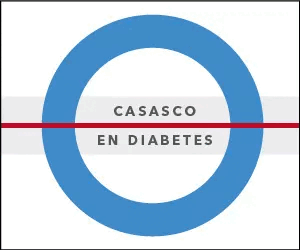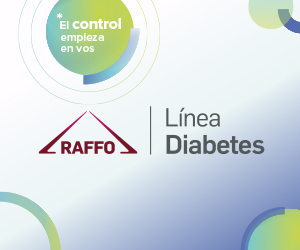Symposium 6: Pathogenesis and involved causative mechanisms
DOI:
https://doi.org/10.47196/diab.v56i3Sup.509Keywords:
glycemic variabilityAbstract
In healthy subjects blood glucose levels remain relatively constant, in spite of sometimes considerable variations in the amount and type of ingested carbohydrates, and in the duration of fasting periods. Homeostatic mechanisms involved include a fine (hormonal, autonomic) regulation of glucose uptake and glucose production. Due to the loss of insulin producing cells, this balanced equilibrium is threatened in patients with type 1 diabetes mellitus (DM1), and the commonly used therapeutic tools (SBGM-guided subcutaneous insulin administration) fail to restore this relevant feedback loop.
Hence, patients with DM1 are more or less affected by glycemic instability, related to numerous factors such as insulin preparations and dosage, injection site characteristics, modifications in the bioavailability and action of the injected insulin, contrarregulatory hormone secretion associated to stress episodes and/or circadian rhythms, meal timing and meal composition, and timing, intensity, duration and sequence of exercise, presence of residual insulin secretion, unaccuracy of SBGM readings, etc.).
References
-
Downloads
Published
How to Cite
Issue
Section
License
Copyright (c) 2022 on behalf of the authors. Reproduction rights: Argentine Diabetes Society

This work is licensed under a Creative Commons Attribution-NonCommercial-NoDerivatives 4.0 International License.
Dirección Nacional de Derecho de Autor, Exp. N° 5.333.129. Instituto Nacional de la Propiedad Industrial, Marca «Revista de la Sociedad Argentina de Diabetes - Asociación Civil» N° de concesión 2.605.405 y N° de disposición 1.404/13.
La Revista de la SAD está licenciada bajo Licencia Creative Commons Atribución – No Comercial – Sin Obra Derivada 4.0 Internacional.
Por otra parte, la Revista SAD permite que los autores mantengan los derechos de autor sin restricciones.

































